Grant Holt
In 1920, Marie Curie developed cataracts. The first female professor hired at Paris’ elite Sorbonne had to write her lecture notes in huge letters and rely on her daughters to guide her around campus. We understand today that exposure to radiation can be harmful to the lens of the eyes. Marie, unfortunately, lived in a time where the hazards of radiation were not taken seriously.
But Marie was not ignorant to radiation’s dangers. She advocated lead screens and blood tests for those working with radioactive materials. In her own laboratory, Marie tested her researchers’ blood counts. She firmly believed that only trained personnel should handle radioactive materials. At the expense of her own health, Marie’s efforts protected others from dangerous exposure to radiation. In 1934, she developed aplastic anemia, and her body stopped producing new blood cells. Marie Curie died on July 4, 1934, at the age of sixty six.
France interred her twice. The first time was in the same cemetery where her husband Pierre and in-laws laid to rest. Then, in 1995, France re-interred Marie and Pierre in their national mausoleum: the Panthéon. The Curies joined some of France’s most distinguished men—Voltaire, Rousseau, Zola, Hugo. Marie was the first woman to join them.
But before visitors could pay their respects, she needed a lead-lined coffin.
Now, more than 80 years since her death, the body of Marie Curie is still radioactive. The Panthéon took precautions when interring the woman who coined radioactivity, discovered two radioactive elements, and brought X-rays to the frontlines of World War I.
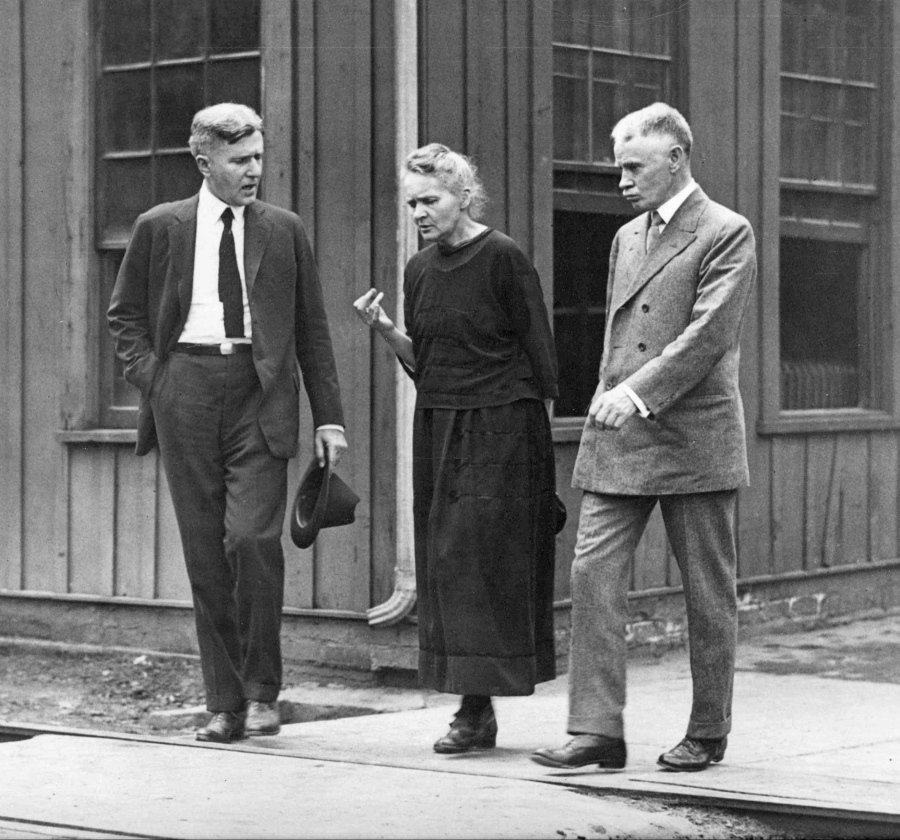
Even Marie’s belongings—papers, furniture, cookbooks—are still radioactive. Her original notebooks, for example, are in France’s National Library, in Paris. Like their author, these manuscripts are in lead-lined boxes. If you want to hold her notebooks, you will need to sign a waiver and wear protective clothing.
If you want to see Radioactive—the upcoming Marie Curie biopic—you only need to buy a ticket. Leave your hazmat suit at home.
Radioactive stars Rosamund Pike and Sam Riley as Marie and Pierre Curie, respectively. The movie chronicles the radioactive discoveries of the Curies, and their passionate romance. Set to be released by Amazon Studios in 2020, the movie begins at the end of Curie’s life. Her story is told as a flashback. It begins on November 7th, 1867, when Maria Salomea Skłodowska was born in modern-day Poland.
Her father was a mathematics and physics teacher. Her mother operated a boarding school for girls, but died from tuberculosis in 1878. Marie was ten years old.
Barred from attending the University of Warsaw, Marie instead attended the Flying University. This was a series of informal classes held in secrecy that admitted female students. In 1891, Marie enrolled at the Sorbonne in Paris, France. She had very little money, and survived on buttered bread and tea. Marie earned her master’s degree in Physics in 1893, and a mathematics degree the following year.
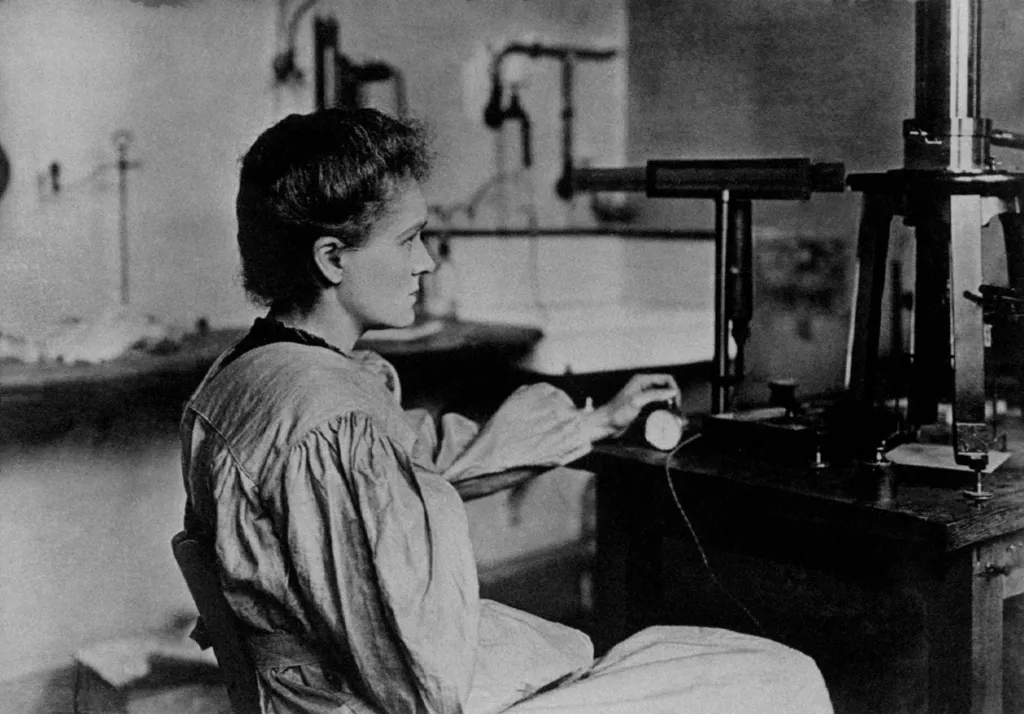
She met Pierre Curie in 1894. After graduating from the Sorbonne, Marie was looking for a large laboratory space. A mutual colleague believed Pierre had access to such a space. He didn’t, but they married a year later. At first, Marie and Pierre worked alone, focusing on their own projects. This changed when Marie developed a theory about uranium rays.
Marie furthered the research of French Physicist Henri Becquerel. Becquerel discovered that uranium emitted rays. Marie discovered that these rays remained constant despite the uranium’s condition. She theorized that these rays originated from the atomic structure of the uranium. Her theory created the field of atomic physics. To describe this new kind of energy, Marie coined a new term:
Radioactivity.
The general attitude towards this new energy was that it had to be good for your health. Makers of everything—from cigarettes to makeup—added radioactive materials to their products. Burk & Braun, for instance, was a German candy company that produced the Radium Schokolade chocolate bar. It was marketed as chocolate that would make you look younger. Water crocks that stored drinking water were radium-lined. Manufacturers promoted them as a cure for arthritis and wrinkles. Golf balls had small amounts of radioactive materials embedded in them. This let Golfers find missing balls with a portable Geiger counter.
Pierre and Marie would later discover two elements. They used pitchblende, a radioactive mineral rich in uranium. Pitchblende’s radioactivity was high—too high for it to only contain uranium. Marie believed that there were other unknown radioactive elements within it.
They separated pitchblende into separate components. Using an electrometer, the Curies measured the radioactivity of each section. The bismuth section acted chemically like bismuth. But since it was radioactive, this meant it was something new. In 1898, the Curies published their discovery of a new element: Polonium, in honor of Poland.
The barium section also contained something new. Five months later, the Curies published their discovery of another element: Radium. They named it after the latin word for “ray.”
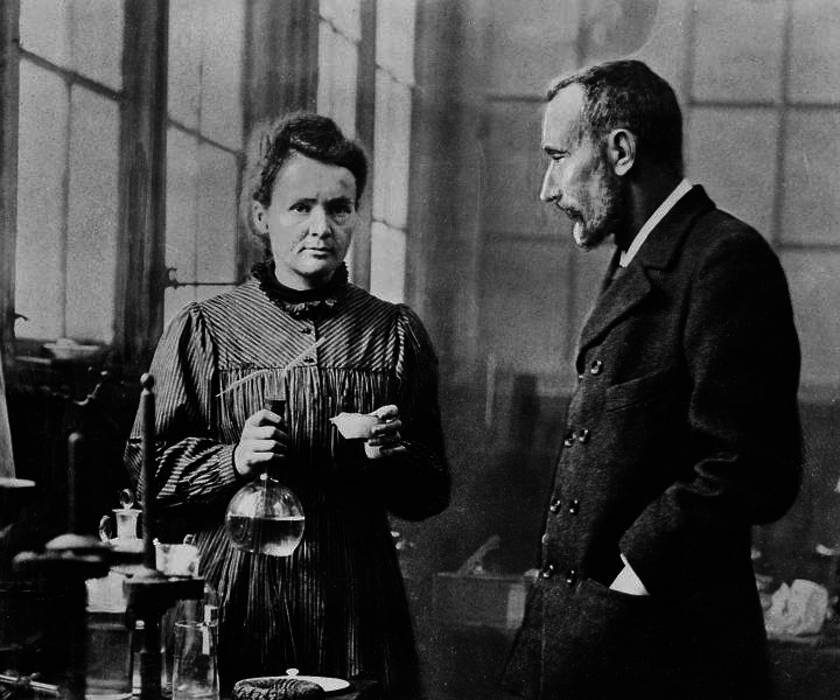
At first, Pierre Curie and Henri Becquerel received the Nobel Prize in Physics. Marie was not nominated. A member of the nomination committee had to intervene. Swedish mathematician Gösta Mittag-Leffler wrote Pierre, informing him of the situation. Pierre’s response asserted that a Nobel Prize for radioactivity demanded recognition for Marie. The committee then validated her nomination. In 1903, Marie Curie became the first woman to win a Nobel Prize.
Notably, this 1903 Nobel Prize did not mention their discovery of two new elements. The nomination committee believed that both Curies could win the prize again, and chose to omit it. Tragically, the committee was wrong.
In 1906, three years later, Pierre lost his life. He was in Paris. It was a Thursday. It was raining. Pierre was on his way to a meeting to review proofs with his publisher. While crossing the street, a horse-drawn wagon carrying six tons of military uniforms ran him over. In an instant, Pierre was dead.
Less than a month later, Marie received a job offer from the Sorbonne. She would take over her late husband’s professorship. Marie accepted the position, and became the Sorbonne’s first female professor. In 1911, she won the Nobel Prize in Chemistry for the discovery of radium and polonium. Marie alone received the prize. In her acceptance lecture, she shared the honor with Pierre. Upon her acceptance, Marie became the first person to win the Nobel Prize twice. She remains to this day the only person to have won in two separate sciences.
The death of Pierre spurred Marie to create a state of the art laboratory. A grant from philanthropist Andrew Carnegie allowed Marie to assemble a research staff. The Sorbonne joined with the Pasteur Foundation—a non profit organization—to fund the Radium Institute. Marie built the institute a few streets away from the lab where she and Pierre had worked.
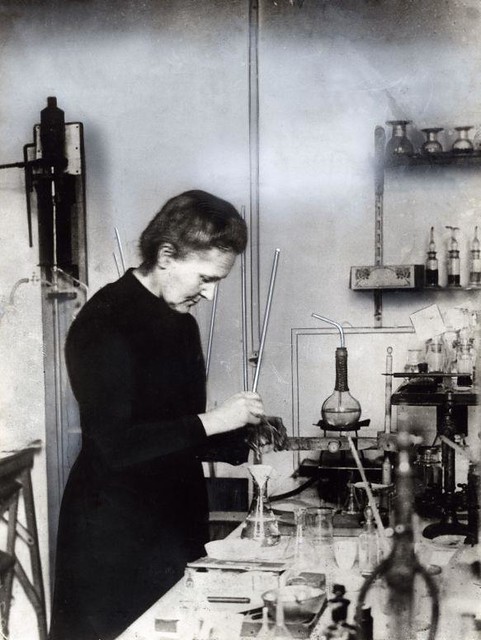
There were two divisions. Marie directed The Curie Laboratory. Here, researchers would study radioactivity, physics, and chemistry. Claudius Regaud, a physician, directed The Pasteur Laboratory. Here, researchers would study the biological effects and medical applications of radioactivity.
Construction of the Radium Institute completed in 1914. Around the same time, World War One began, and Germany declared war on France. The French Military drafted Marie’s research staff into service. As the German army advanced, the French government relocated to Bordeaux, a port on the southwestern coast of France.
The French Government brought with them the nation’s entire supply of radium: one gram. This was the gram that Marie and her late husband extracted after refining tons of mineral ore. This was the gram that won Marie the 1911 Nobel Prize. Marie held it in her lab. She placed the radium in a lead-lined box, and traveled with it to Bordeaux. After leaving the radium in a safe-deposit box, Marie returned to Paris. Before she could reclaim her radium, France would need to win the war. Marie devoted herself to the cause.
When the war effort called for gold and silver, Marie offered to melt down her Nobel Prize medals. When they turned her down, she used her prize money to buy war bonds. Marie was a devoted French citizen, but also a scientist. She would save French lives through a type of electromagnetic radiation: X-rays.
Since X-rays were in hospitals—far from the battlefield—Marie would bring X-rays to the frontlines.
She transformed cars into mobile X-ray units. Each vehicle contained an X-ray machine and photographic darkroom equipment. By October 1914, Marie had a fleet of twenty cars outfitted with X-ray equipment. Each vehicle required someone to operate the X-ray apparatus. For this task, Marie initially trained twenty women volunteers. She would train many more.
Marie instructed volunteers in the physics of electricity, X-radiation, anatomy, and photographic processing.
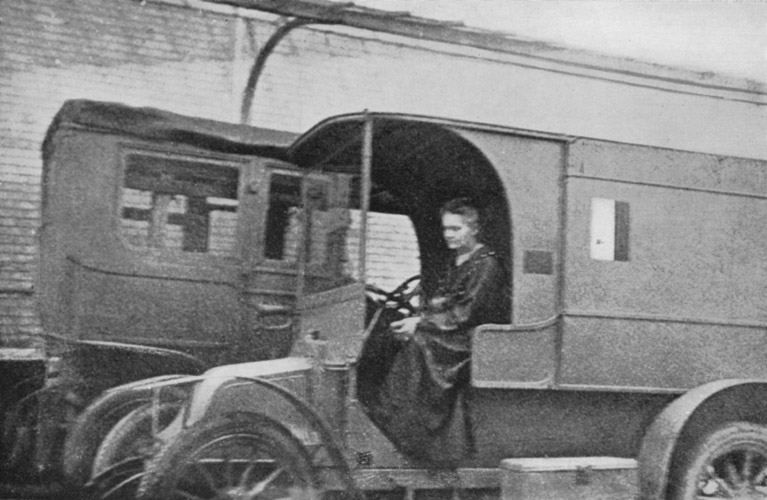
French soldiers would dub these mobile radiology units as Petites Curies—Little Curies. Marie even had a personal Petite Curie. Marie had given lectures on X-rays at the Sorbonne, but she had no personal experience with them. Marie intended to drive a Petite Curie herself to the frontlines. She learned how to drive a car and did crash courses in anatomy and X-ray technology. She even learned rudimentary auto mechanics. She had to learn how to clean a carburetor. To assist her, Marie chose her seventeen year old daughter Irene. She would become Marie’s first radiological assistant. In the autumn of 1914, Marie and Irene, along with a military doctor, took a Petite Curie to the battlefield.
Estimates say that over one million soldiers had X-rays examine them by the war’s end. Marie was in her lab when Germany signed an armistice. She hung French flags in her windows, and drove her Petite Curie out into the streets in celebration.
Celebrate the life of Marie Curie by going to see Radioactive, set to be released in 2020.
Note: this article has been edited to correctly reflect the time since Marie Curie’s death, over 80 years instead of over 100.
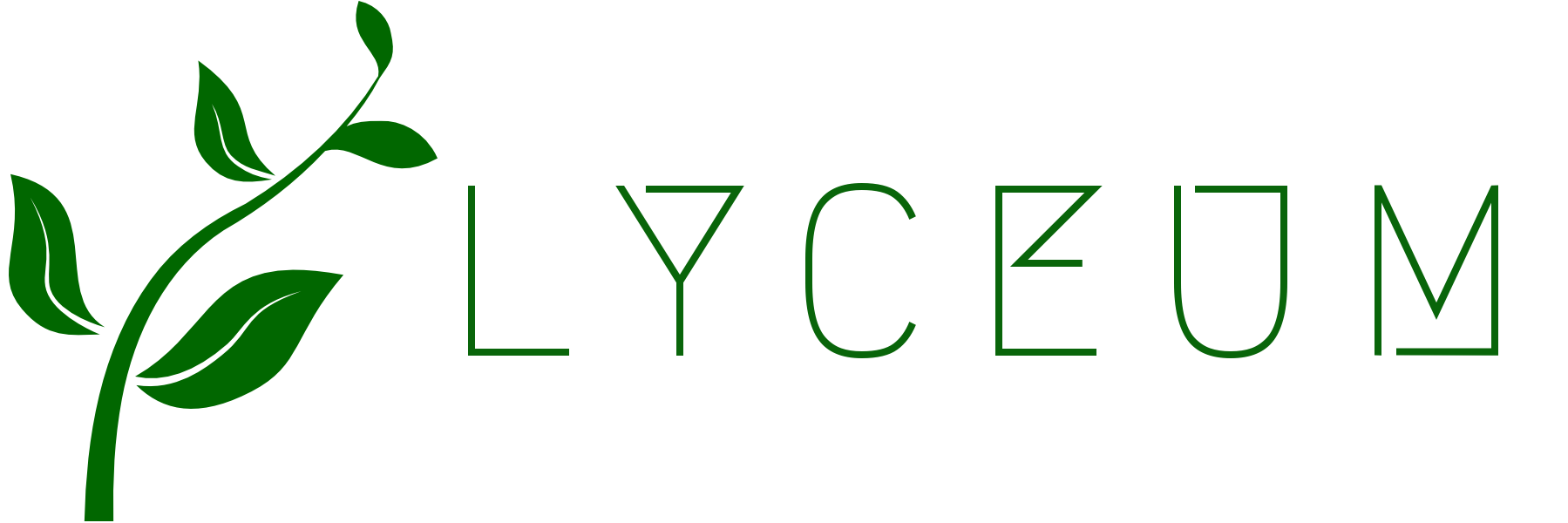

4 replies on “The Half Life of Marie Curie”
I have admired Madame since reading about her in 1966 in grade school. I hope this film inspires kids to peruse a career in science .
LikeLiked by 1 person
[…] She attending the Flying University – a secretly held university that admitted female students. Marie enrolled at the Sorbonne in Paris in 1891. And she earned her masters degree in Physics in 1893. Followed by a mathematics degree in 1894. […]
LikeLike
I have a Science project so I picked Marie Currie and it was the best thing I did. She is so inspiring and I loved writing about her.
LikeLiked by 1 person
Amazing!
LikeLiked by 1 person